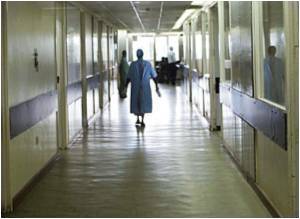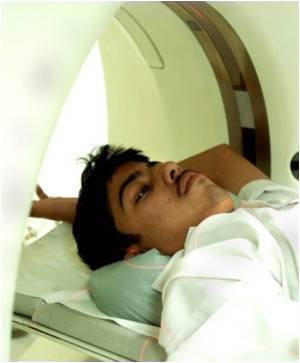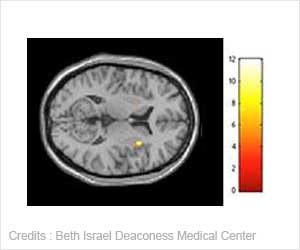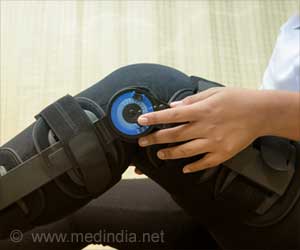According to new Johns Hopkins research, nearly 80 percent of trauma centers in the United States that serve predominantly minority patients have higher-than-expected death rates.

The findings, described in an article published in the October issue of Annals of Surgery, offer confirmation and some insight, researchers say, for the fact that a patient's race and insurance status persistently make a difference in survival chances after a car crash, a gunshot wound or some other life-threatening injury treated in an emergency room.
Adil H. Haider, M.D., M.P.H., an associate professor of surgery at the Johns Hopkins University School of Medicine, says the new research may help answer one long-standing question: Is the reason for the disparity found in the biology or history of the patient or in the hospital treating that patient? His study, he says, suggests that the hospitals play the bigger role.
"It's not just differences in the patients," says Haider, director of the Center for Surgery Trials and Outcomes Research at Johns Hopkins. "All patients of all races do better at the trauma centers treating white majority populations, so this research tells us we need to direct attention to hospitals with higher mortality rates to help them improve their outcomes, or we won't ever be able to turn this around."
The emergency room, experts say, has long been perceived as a great care equalizer, given universal access to it and the highly standardized nature of trauma treatment protocols. But study after study has shown that minority patients and those without insurance are much more likely to die even if they have the same injuries as white and insured patients and are treated in the same ER.
Analyzing records from the National Trauma Data Bank, Haider and his colleagues separated 181 trauma centers from across the nation into three categories — low-mortality, or hospitals with lower-than-expected death rates (86 such centers); average (6); and high-mortality, or hospitals with higher-than-expected death rates (89).
Haider says the analysis also showed that 45 percent of patients at high-mortality centers don't have insurance, compared to 21 percent at low-mortality hospitals.
"Not every place can afford those things," Haider says. "And yet more than six of every 10 black trauma patients are served each year in high-mortality hospitals, which increases their risk of death. We need to find a way to help poorly performing trauma centers improve. In most cases, these centers are doing a very difficult job without enough resources. And if we try, we can certainly help these centers achieve better outcomes. It can't continue to be the case that the color of a patient's skin determines whether he or she survives a serious injury."
Source-Eurekalert
 MEDINDIA
MEDINDIA




 Email
Email







